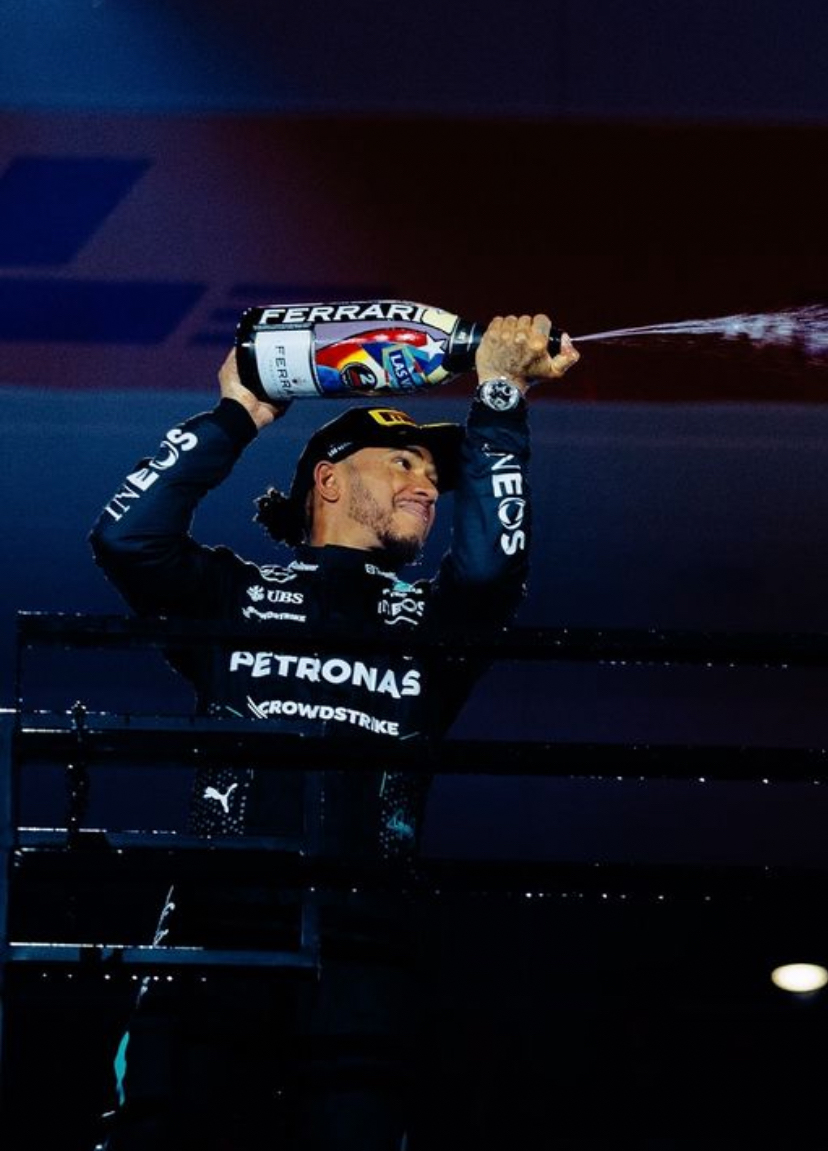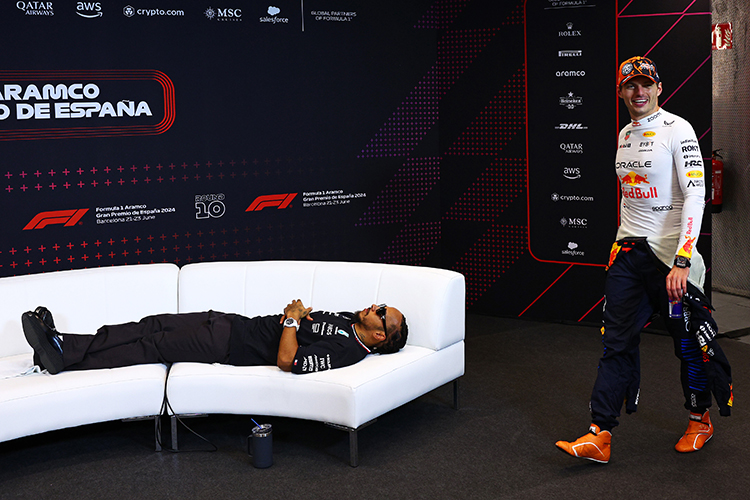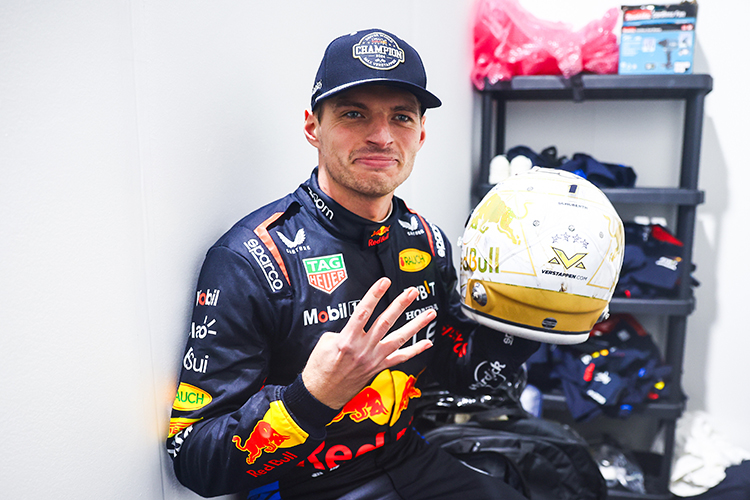The Role of Curbs in the Design and Challenges of a Chicane

Formula 1 World Champions: A legacy of racing legends
What role do curbs play in the design and challenges of a chicane?
Explore the critical role of curbs in Formula 1 chicanes. Learn how they define track limits, influence race strategy, and challenge drivers with unique technical demands.
The Purpose of Curbs in Chicanes
In Formula 1, chicanes are a test of precision and control, and curbs are integral to their design. These raised sections of track at the apexes of corners serve several crucial functions:
Regulating Track Limits: Curbs act as physical boundaries, preventing drivers from excessively cutting corners while offering a small buffer for strategic maneuvering.
Encouraging Precision: Drivers must use curbs strategically to straighten the chicane and save time, but even minor errors can destabilize the car or incur penalties.
Impact on Race Dynamics: Curbs influence overtaking and defending, forcing drivers to balance aggression with control through tight, high-speed sequences.
Types of Curbs and Their Challenges
Not all curbs are created equal. Their design varies by circuit, offering unique challenges for drivers:
Flat Curbs: Found at circuits like Silverstone, these curbs allow aggressive usage with minimal impact on car balance, though precision is still required.
Serrated or "Sawtooth" Curbs: Common in chicanes like Monza’s Variante Rettifilo, their jagged surface penalizes excessive aggression, risking suspension damage or loss of control.
High or "Sleeping Policeman" Curbs: Seen in older designs like Imola, these curbs are significant deterrents. Mounting them often results in severe underfloor damage or a complete loss of control.
Technical Challenges of Curbs in Chicanes
Curbs present several technical hurdles for drivers and teams:
Car Balance and Stability: Aggressive curb usage can cause oversteer, understeer, or bottoming out, especially in modern F1 cars with stiff suspensions.
Aerodynamics and Grip: Mounting curbs disrupts airflow, reducing downforce and grip, which complicates car control through chicanes.
Tire Wear and Suspension Strain: Excessive curb usage increases tire degradation and stresses the suspension, requiring careful management to avoid failures.
The Role of Curbs in Race Strategy
Curbs are central to race strategies, influencing decisions in both qualifying and the race:
Risk vs. Reward: In qualifying, drivers push the limits, using curbs aggressively for faster laps. During the race, they adopt a conservative approach to preserve tires and avoid damage.
Defensive and Overtaking Lines: Curbs play a key role in wheel-to-wheel battles. Defending drivers use them to narrow rivals’ lines, while overtaking drivers may take aggressive approaches to gain an edge.
Iconic Curbs in F1 History
Several curbs have become legendary for their role in defining races and driver skill:
Monza's Variante Ascari: Drivers must strike a balance between aggression and caution to avoid spins while gaining time.
Suzuka’s Final Chicane: This section has been the site of dramatic moments, including the famous Senna-Prost collisions.
Singapore’s Former “Sling” Chicane: With towering curbs, it demanded utmost respect, punishing even minor miscalculations.
Safety and Evolution
Over time, curb designs have evolved to prioritize safety without compromising the challenge. Modern circuits feature smoother, more forgiving curbs, reducing the risk of accidents while maintaining the technical demands of chicanes.
Conclusion
Curbs are the unsung heroes of Formula 1 chicanes, shaping their character and challenges. For drivers, they represent both an opportunity to maximize performance and a hazard if misjudged. Mastering the curbs in a chicane showcases a driver’s skill, precision, and control, solidifying their place in the upper echelon of motorsport.
Up Next


